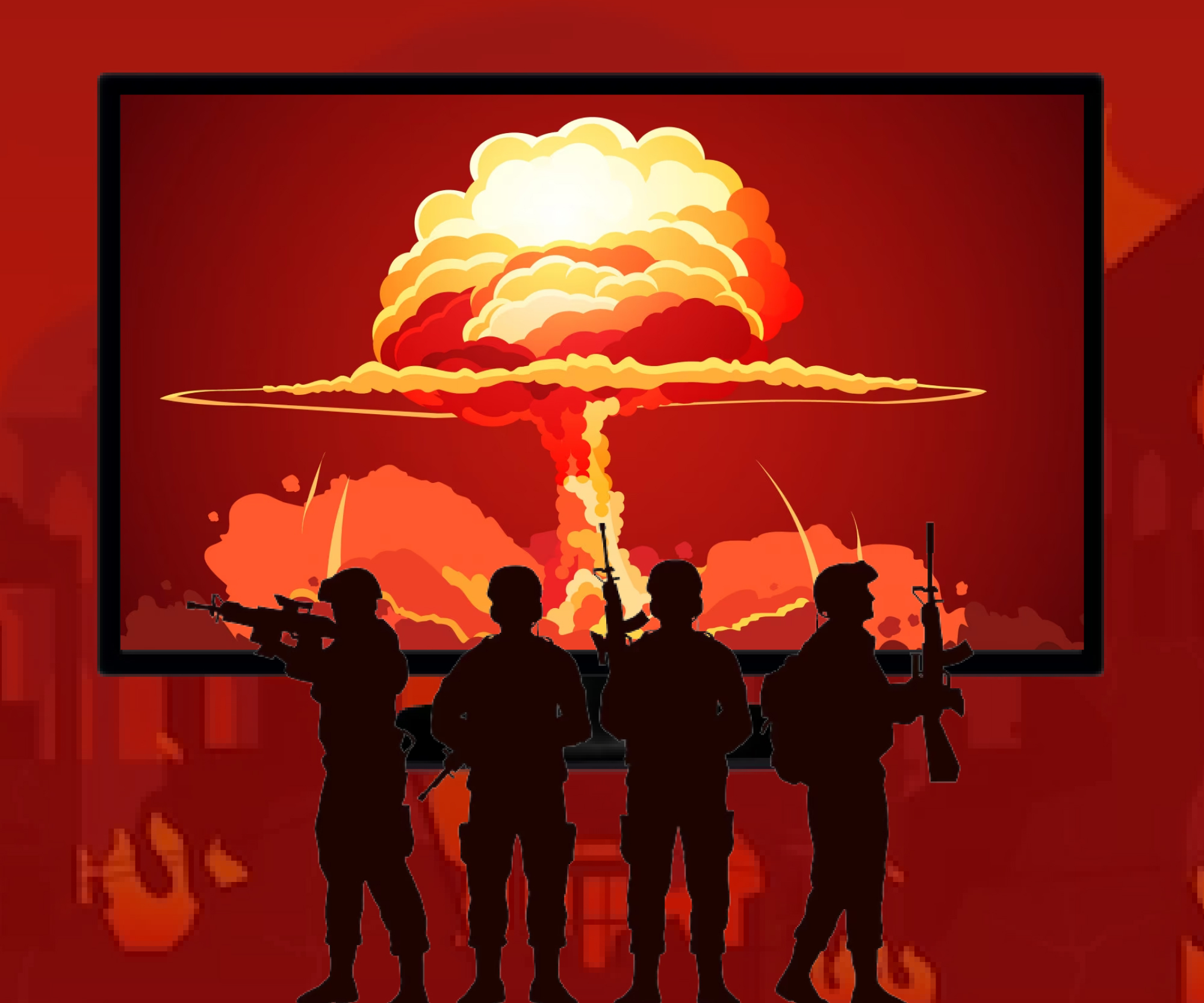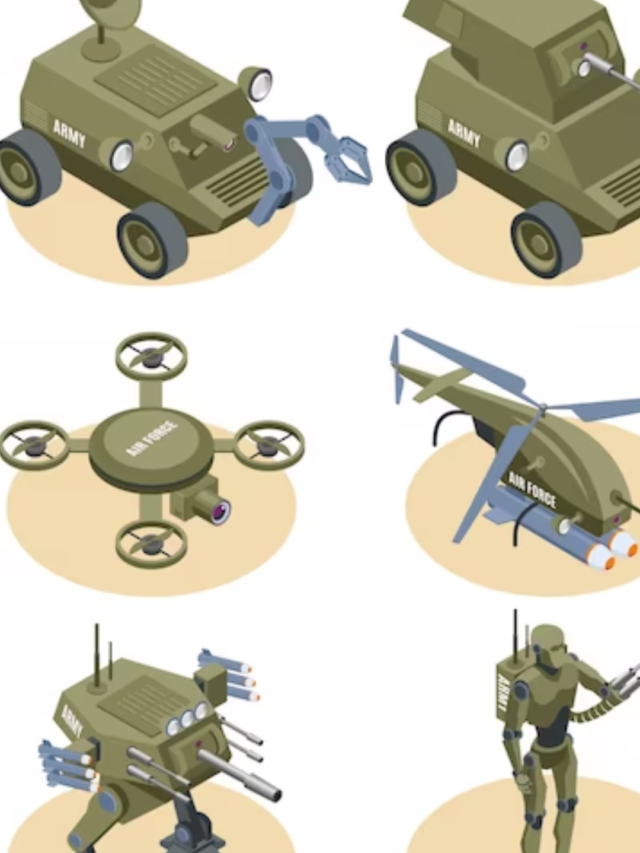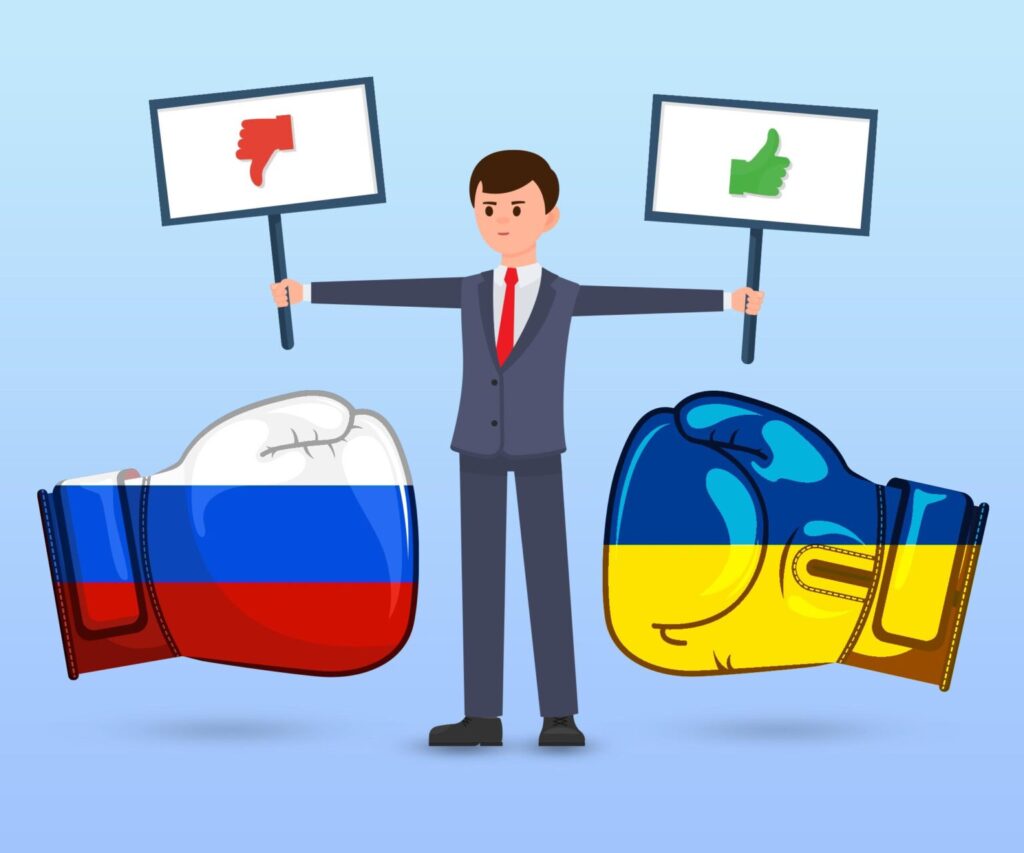
Human beings have engaged in warfare since time immemorial. Wars occur for many reasons, sometimes because of mistakes or misunderstandings. Like any other aspect of our lives, the impact of technology on wars is multifarious. It has made wars more lethal and destructive than ever, but at the same time has also helped lessen the damage. Either way, wars and violence can never be the answer. But that’s a different discussion altogether. In this article, we will explore the use of technology in warfare—the good, bad, and everything in between.
Tactics, morale, and luck go into winning a war. But there is arguably nothing more important than having the right tools. If you and I were to fight, there is no telling (for certain) who could win. But if you pick up a stick, you immediately gain an advantage. However, this advantage isn’t eternal. It only exists until I find a bigger stick. So, what you do in that short period before I find a bigger stick is crucial to who will win the fight. In the case of nation-states, when one wins the battle, they do everything they can to ensure the other cannot find a bigger stick.
Needless to say, this article is about tools in warfare that are slightly more advanced than a stick.
How does technology in warfare help?
First, let us explore how exactly technology contributes to warfare. When you pick up a stick, you have improved your ability to cause damage. Technology increases one’s ability to manage the volume of fire and its accuracy too.
You have also extended your range or distance from the conflict. To fight you, I have to get closer while you can afford to stay further back and use the stick. So you are in a position to inflict more damage and are less likely to incur any from me.
The third thing technology does, in broad terms, is to increase the speed of one’s moves. This improvement is made by making machines faster and increasing one’s ability to concentrate or distribute power by integrating various systems.
Cyber warfare
This type of warfare is becoming increasingly prevalent as the world relies more on computer systems and the internet.
In World War II, attacking armies often first targeted radio towers, bridges, and power plants. If you prevented an army from communicating with itself, you could further your attack before the enemy could retaliate meaningfully. Nowadays, sabotaging computer systems that control communication, deploy missiles, and manage machinery could have devastating effects. For example, through a cyber attack, one could shut down alert systems and tamper with aircraft or ships. It is also possible to launch cyber attacks to steal vital intelligence. Swiping the positioning and location of troops or plans of attack removes any advantage the enemy might possess.
Hackers carry out these attacks from anywhere in the world. Gone are the days when you and I would have to stand in front of each other to fight. Now, I might be standing on the battlefield wondering where you are while you, sitting at home, employ a hacker in another country to carry out a cyber attack. Naturally, this makes retaliation extremely difficult as you don’t often know where your enemy is.
AI technology in warfare
AI can gather, analyse, and interpret vast amounts of data in next to no time. As a result, it would allow decisions to be made in the field using more data than would otherwise be possible for a human being to process. In addition, the AI could sift through things and provide an overall understanding of the situation.
With advanced algorithms and machine learning systems, AI could also significantly increase the speed of an army’s endeavours. Additionally, it could optimise logistics and supply chains, making processes cheaper and more efficient.
Using AI to develop new weapon systems and technologies is also possible. As it becomes increasingly capable, it can design weapons with greater power, precision, and range. However, humans can also use AI to perform tasks deemed too dangerous for human beings—for instance, removing wounded personnel from the battlefield. Instead of two or three soldiers risking their lives amidst gunfire to rescue a wounded friend, AI could orchestrate the rescue using a robot or autonomous weapon.
Autonomous weapons
With the advancement of technology in warfare, there exist sophisticated weapons that humans, computers, and AI can remotely control. They can take the shape of robots, tanks or drones and assist in scouting, spying, and carrying out specific attacks. Armies can send in drones in swarms flying at very high speeds to overpower air defence systems. It is also possible to send them individually to spy on a facility as they are relatively small. Some drones can also overtly attack.
Consider, for example, Israel’s IAI Harop. It has other names, including “loitering munition” and “kamikaze drone”. Once launched, the drone flies to a specific location and can loiter there for hours. Then, when it spots a target like a port or a tower, it flies directly into it and explodes upon impact. Azerbaijan used these, which had devastating effects in their war against Armenia in 2020.
Shockingly, humans do not control these drones. Once launched, the drone is fully autonomous and acts of its own volition, according to the algorithm controlling it. The manufacturer, IAI, even markets the drone using the slogan “fire and forget” because that is all humans need to do there.
The ongoing Russia-Ukraine war is an excellent example of technology used to minimise the battlefield casualties of a conventional war. With the help of drones—cheap and portable, the Ukrainian forces are destroying the Russian war infrastructure.
The ethical considerations of autonomous weapons that can attack without human approval are massively complex. What if they make a small mistake?
Technology’s false alarm of war
Though the use of technology in warfare is prevalent, machines do get things wrong occasionally. The complete removal of human intelligence from the equation could have dire consequences.
In 1983, during the Cold War, the USA and the USSR always had their systems on high alert. Lieutenant-Colonel, Stanislav Petrov, was watching his screens monitoring potential incoming missiles. Suddenly, indications of multiple incoming missiles began to flash across his screen. It looked as though the US was attacking. His colleagues wanted to report it to their superiors. Still, for some reason, he thought it was unlikely that the Americans would attack at this point. Reporting this would undoubtedly have led to retaliation, and Petrov decided to refrain.
The sensors had picked up high-altitude clouds and reported them as missiles. If not for Petrov’s courageous decision, the world would be a very different place today.
Are we in an arms race?
European nations engaged in an arms race leading to World War I. One of the most prized possessions was the Dreadnought, the biggest, most notorious ship the world had ever seen with unmatched firepower. The nuclear arms race between the Cold War rivals saw them churning nuclear bombs like sausages.
The first arms race led to a war with great destruction. The second did not because it threatened to rain destruction, and thankfully, nobody wanted it. With nations now drastically increasing their expenditure on autonomous weapons and the use of AI in warfare, another arms race is afoot. As for how it ends…we’ll know when we get there.
“War does not determine who is right—only who is left.”
– Bertrand Russell



